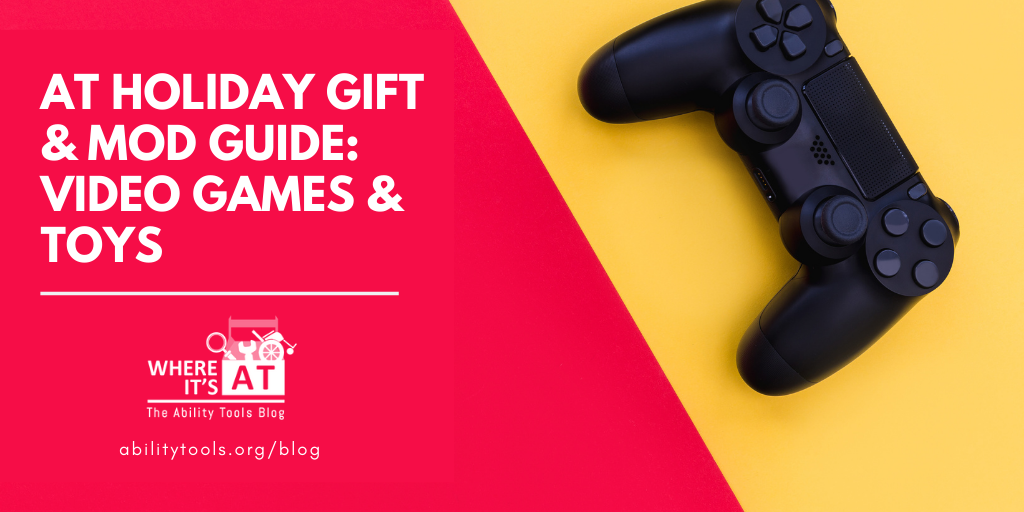
Yesterday’s post about AT Gifts for the holidays was suspiciously void of video game related AT. Don’t fret. Where It’s AT has our gaming community members covered, we just decided this topic deserved it’s very own blog!
First off, let us just recognize that Microsoft is leading the industry in respect to first party adaptive controllers. Microsoft not only saw a need, they reached out to the disability community to make sure they did it right. They utilized partnerships with The AbleGamers Charity, The Cerebral Palsy Foundation, SpecialEffect, and Warfighter Engaged in order to develop the Xbox Adaptive Controller. The controller is beautiful and feels like it belongs with the rest of the system as an option in their core lineup, not an after thought.
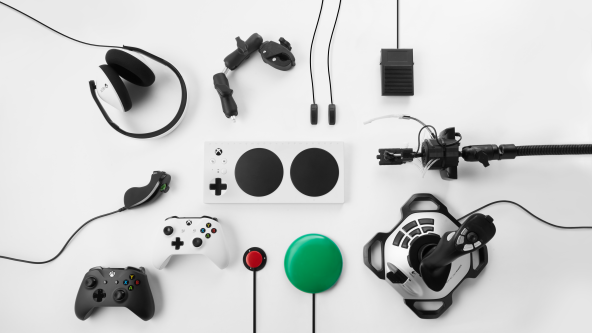
And most importantly, it functions really well, using Windows 10 to format button remapping and profiles. You can have multiple controller profiles in the app and switch between three of them instantly using the Profile button. Microsoft offers an impressive array of assistive technology peripherals that can assist you in creating your own personal gaming war room, with some excellent Microsoft compatible third-party accessory options developed by Logitech. The reviews really speak for themselves. Although the other two biggies don’t yet have the focus on accessibility that their competitor does, it is very possible to use this controller on all of the other major platforms or computers through the use of a Cross-Platform Controller Converter/Adapter, like the one sold by Titan Two.
Nintendo, despite not having adaptive controllers included in the Switch’s product lineup, has enabled players to utilize USB adapters to connect Sony and Microsoft controllers via Bluetooth, so players have more options for controllers (With the above-linked adapters enabling gamers to link any Bluetooth controller to current generation consoles, PC, and even classic consoles and Raspberry Pi!). However, this year Nintendo put out an update (Version 10.0.0) which allowed players to customize the controls on officially licensed Nintendo controllers. Players can now have up to five presets saved per controller (Joy-Con and Pro Controllers), making the Switch far more accessible for gamers with fine motor disabilities than previous versions allowed. So, if you were disappointed when the Switch first came out and gave up on it, it might be worth your time to pick back up those Joy-Cons and give Nintendo another shot, if for no other reason, Breath of the Wild.
For gamers who prefer using their PC, there are a whole host of options to facilitate gaming, as many assistive technologies already exist to enable accessible computer use. One option would be a One handed gaming keyboard for those who can utilize only one hand for their gaming experience. Switches are also great options for mapping to frequently used keys. For individuals who utilize sip/puffs and other mouth operated devices, the Quadstick works for console and PC gaming alike.
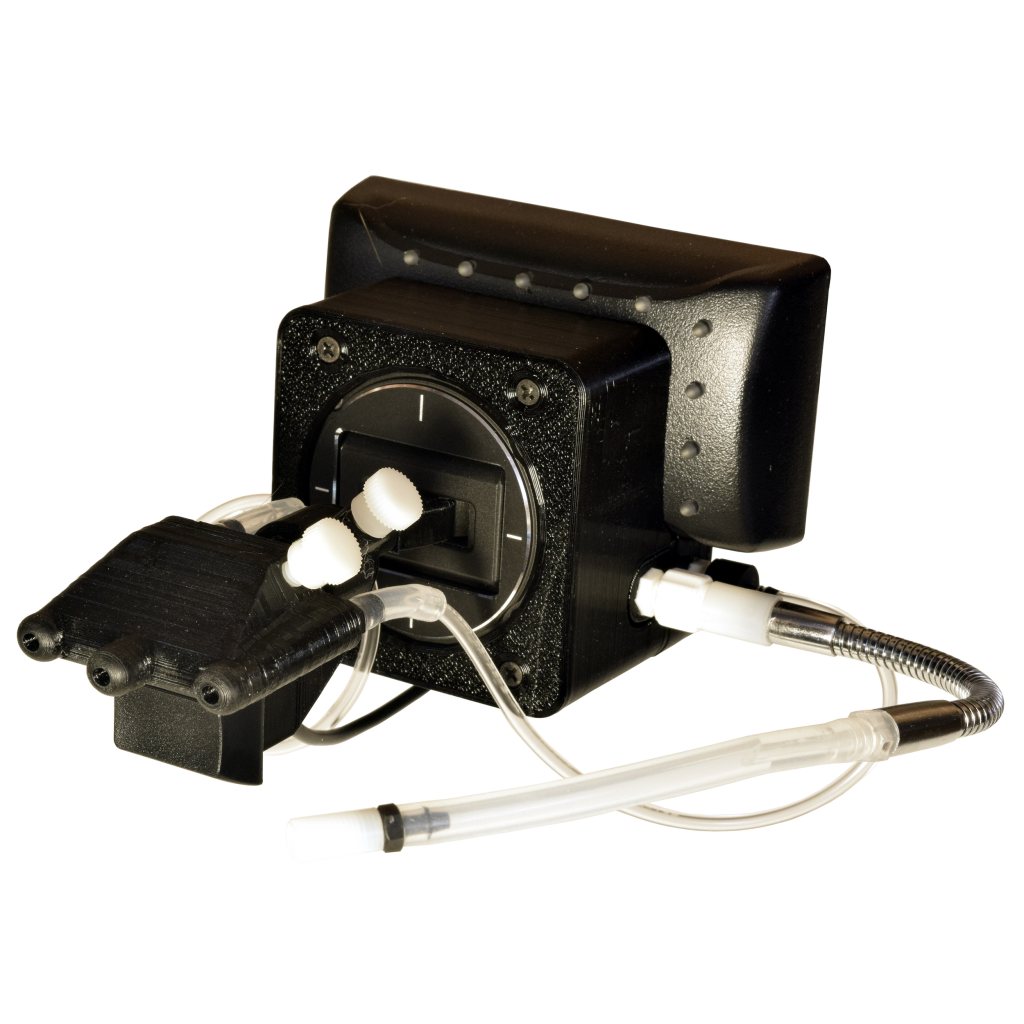
QuadStick products use sip/puff sensors, mouth-operated joysticks, and/or Lip position sensors to provide a fully accessible gaming options for quadriplegics. Their shop sells tiered degrees of complexity of mouth-operated controllers, based on the customer’s needs and also has a variety of mounting options and replacement mouthpieces. Image found @ Quadstick.com, Photo Credit to Quadstick
Voice control software, like VoiceAttack or VoiceBot, are great ways to control your games using your voice and are even compatible with virtual reality headsets like Oculus Rift.
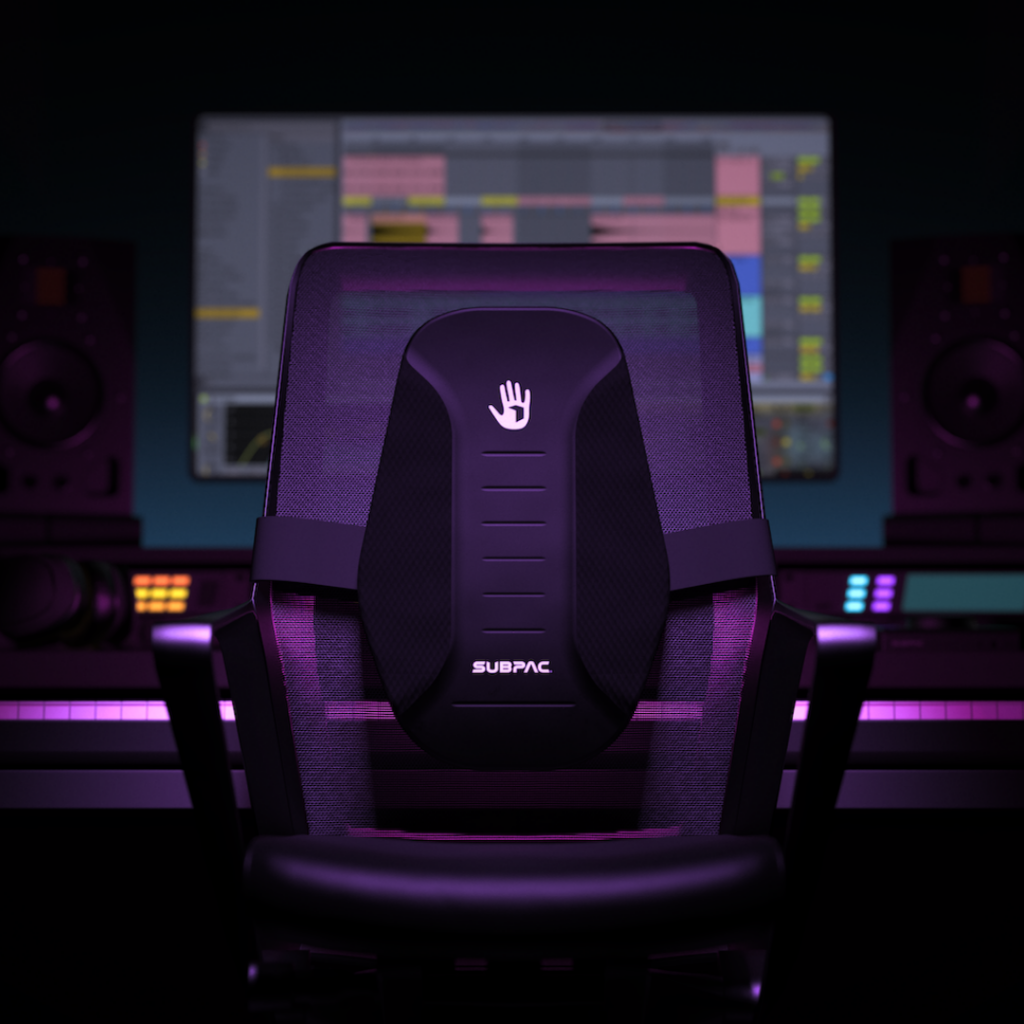
Gaming has become an immersive sensory experience, with developers enabling players to feel as though they are actually in the game. For the deaf and hard of hearing community, it may be difficult to participate fully with games that rely on sound queues or are rhythm based. That is where the Subpac comes in. Subpacs are devices that translate the vibrations you would otherwise interpret via audio, into vibrations you interpret via tactile senses. The Subpac X1 is a device that resides in the chair you are seated in, whereas the Subpac M2 is the wearable version (sold out as of the writing of this blog, but check back later!). Deaf and hard of hearing gamers have reported more immersive gaming experiences and even being able to play rhythm games, thanks to this technology.
Ablegamers is a charity whose goal is to improve the quality of life for individuals with disabilities through gaming. Their website states that “Video games allow individuals with disabilities to experience situations that may be difficult or limited in the real world, provide social networking opportunities to maintain mental and emotional health, and participate in one of the world’s largest pastimes.” and Where It’s AT couldn’t agree more! Ablegamers does outreach to the gaming industry to help push forward an industry standard of accessibility, they offer information services to help new disabled gamers get started playing, and appear to have had a grant program for Gamers who could not afford adaptive peripherals, however that seems to be unavailable at the moment.
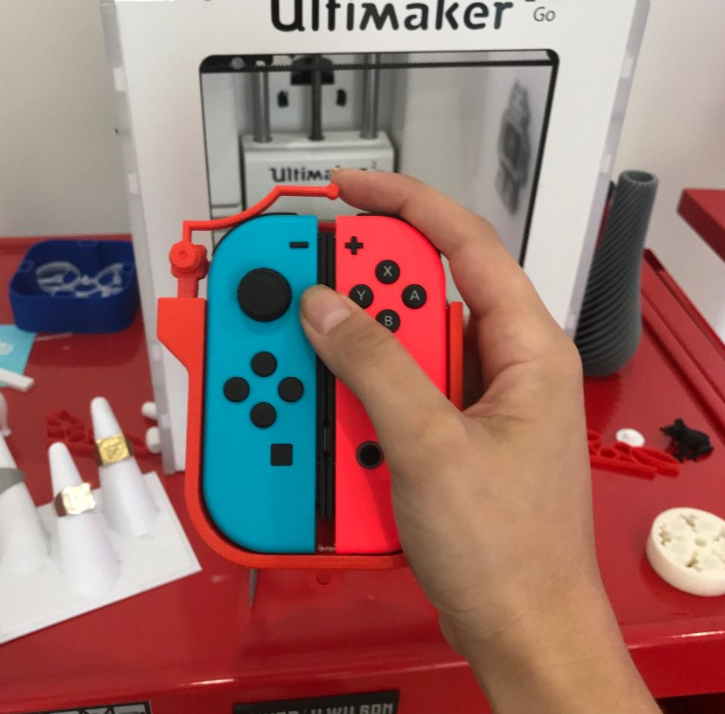
However, with all of the attention being given to these amazing products for purchase, let’s not discount the quality and customizability of DIY adaptations. Ben Heck is an impressive independent designer who creates and sells videogame controllers for individuals who have use of only one hand. While Julio Enrique Rito Vasquez, or Vexelius, is an engineer who has uploaded a variety of free 3D-printer designs to convert Switch Joy-Cons into one handed controllers. Gamers can utilize 3D-printed designs uploaded to sites like Thingiverse with their own 3D printers or they can reach out to their local library, as lots of libraries have 3D printing services. If that isn’t an option, gamers can use moldable plastics like InstaMorph or moldable glue like Sugru to make joysticks larger and easier to utilize. They can even use these moldable materials to extend out button sizes or add textured grip to otherwise unusable, slick buttons. If it is easier for individuals to play the controller by attaching it to a stable surface and then playing on it arcade style, they can adhere one side of a sheet of hook loop fabric to a table or steady tray and adhere strips of the opposing side of the fabric to the backs of their controllers. Having a full surface of the fabric in front of the gamer would allow them to remove and readjust their controller placement as needed. For a less permanent solution however, 3M or Velcro brand have temporary picture hanging strips, that would allow for easy removal and no damage to the objects the strips are adhered to.




